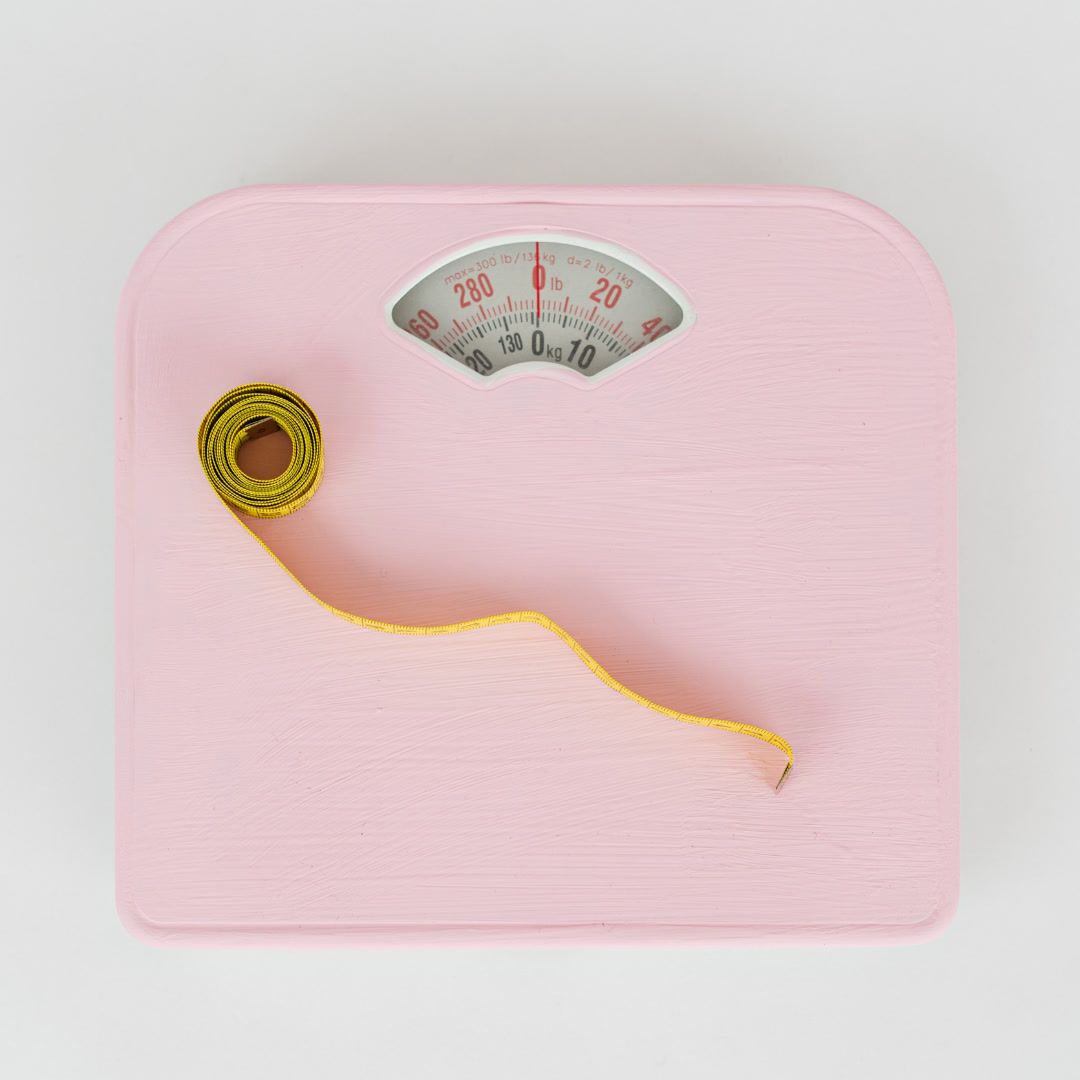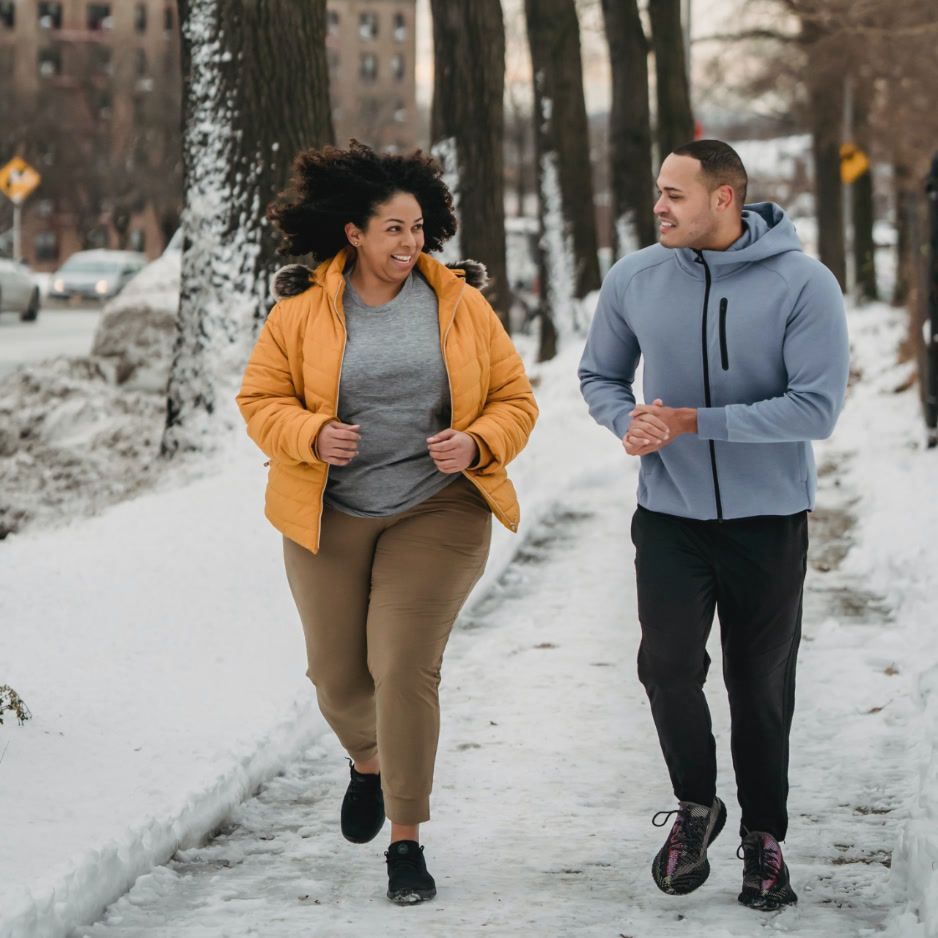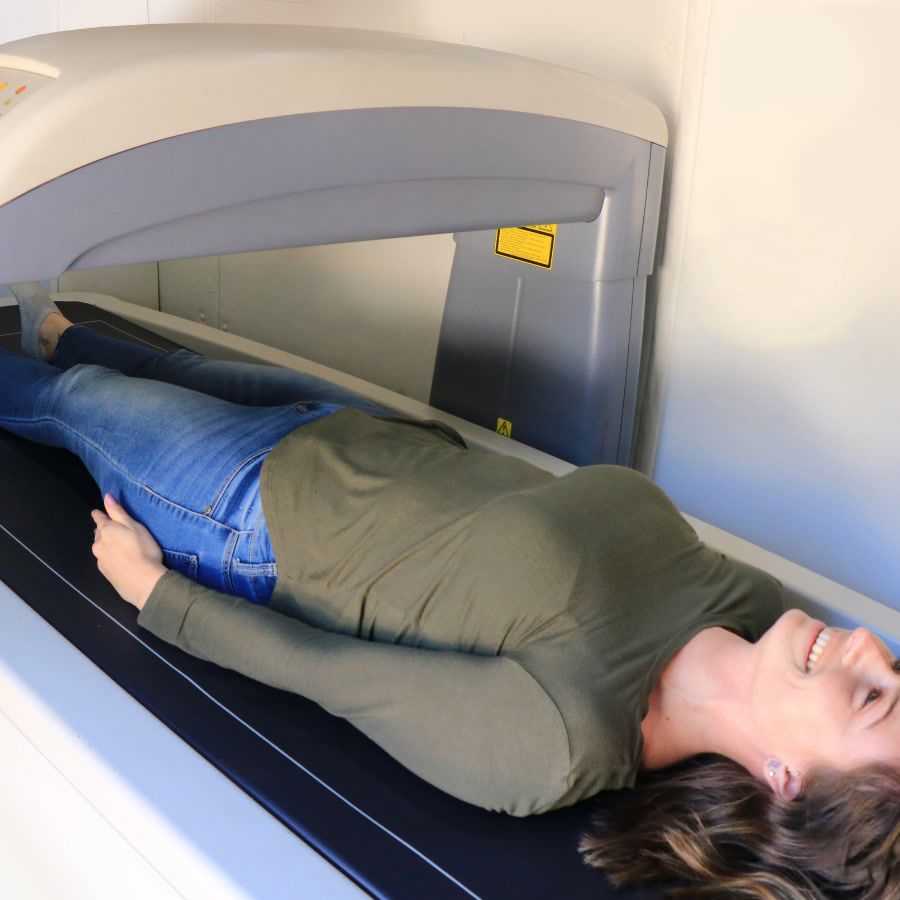Biohacking: A Guide to Performance & Longevity
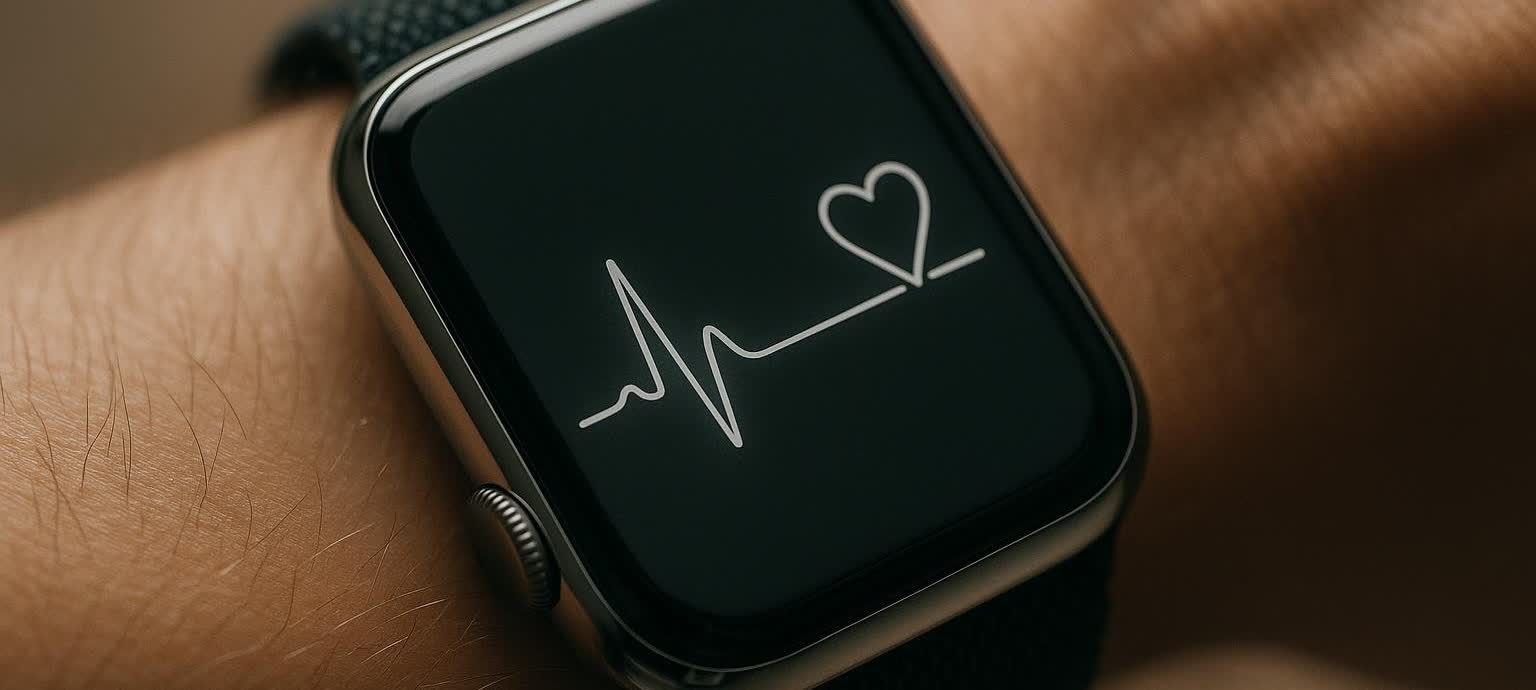
Biohacking: A Guide to Performance & Longevity
TL;DR – Biohacking means using data, science, and self-experiments to get measurable improvements in health, productivity, and lifespan. This guide outlines beginner, intermediate, and advanced frameworks for self-experimentation and explains how DEXA scans can be used to track measurable progress.
Table of Contents
- What Is Biohacking?
- Biohacking vs. Healthspan & Longevity
- Is Biohacking Safe?
- How to Start Biohacking in 10 Minutes a Day
- Beginner Module: Five Time-Efficient Daily Biohacks
- Intermediate Module: The Longevity Toolkit
- Advanced Module: DIY Experiments & Biomarker Tracking
- Measuring Results with DEXA & Other Tools
- Putting It All Together
- FAQ
What Is Biohacking?
Biohacking is the do-it-yourself practice of running small, data-driven lifestyle experiments to improve how your body and brain perform. The Cleveland Clinic, for instance, describes biohacking as “a DIY approach to self-care that uses everything from lifestyle changes to high-tech tools to improve your health” (Cleveland Clinic).
Core pillars most biohackers track
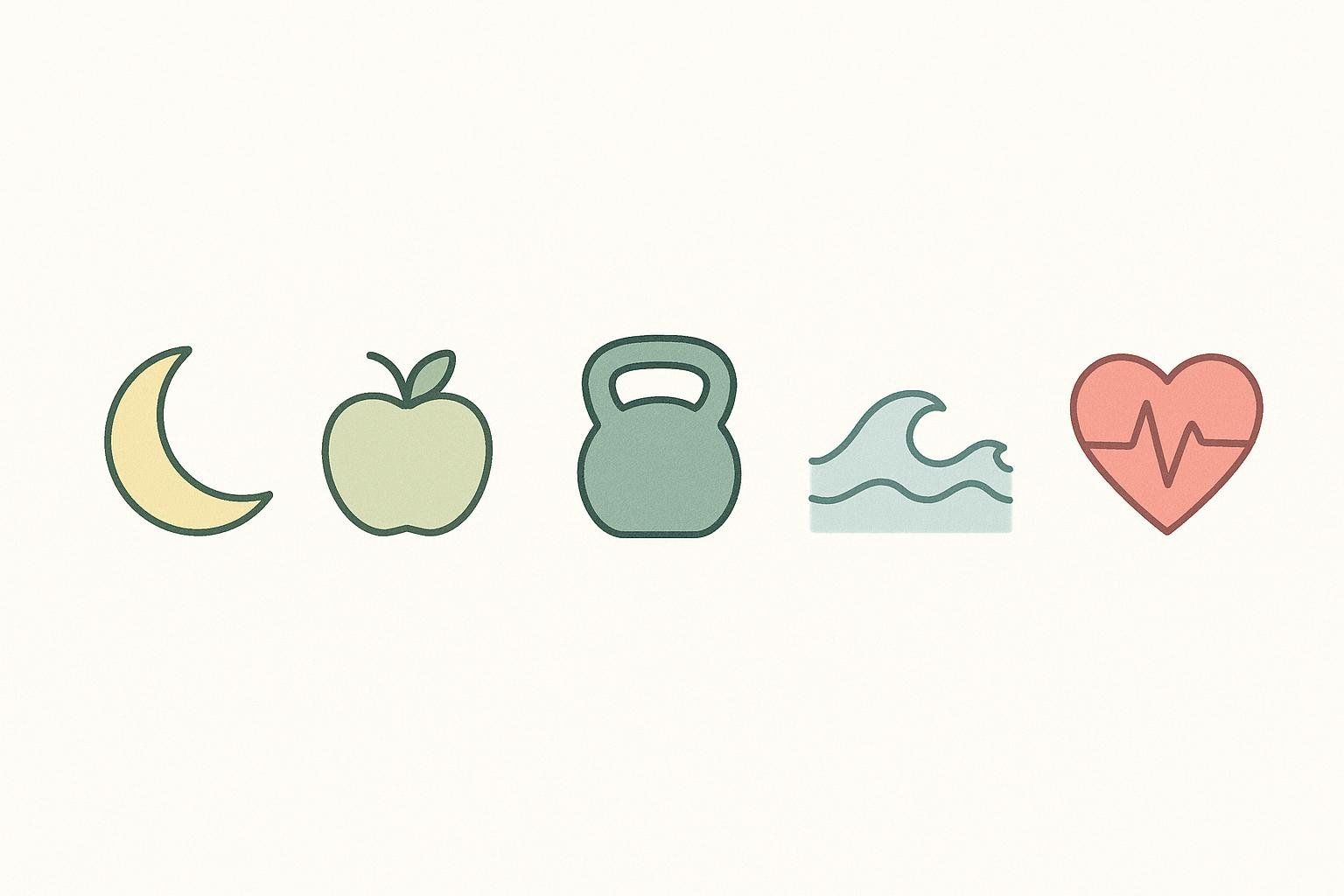
- Sleep quality (HRV, deep-sleep minutes)
- Nutrition (macronutrient ratios, fasting windows)
- Movement (strength, VO₂ max)
- Stress load (heart-rate variability, subjective mood)
- Body composition (fat mass, lean mass, visceral fat via DEXA)
Biohacking isn’t new – athletes have monitored resting heart rate for decades – but consumer wearables and affordable lab tests have made it easier than ever to gather data and iterate quickly.
Biohacking vs. Healthspan & Longevity
You’ll often see longevity, anti-aging, and biohacking used interchangeably. They’re related but not identical:
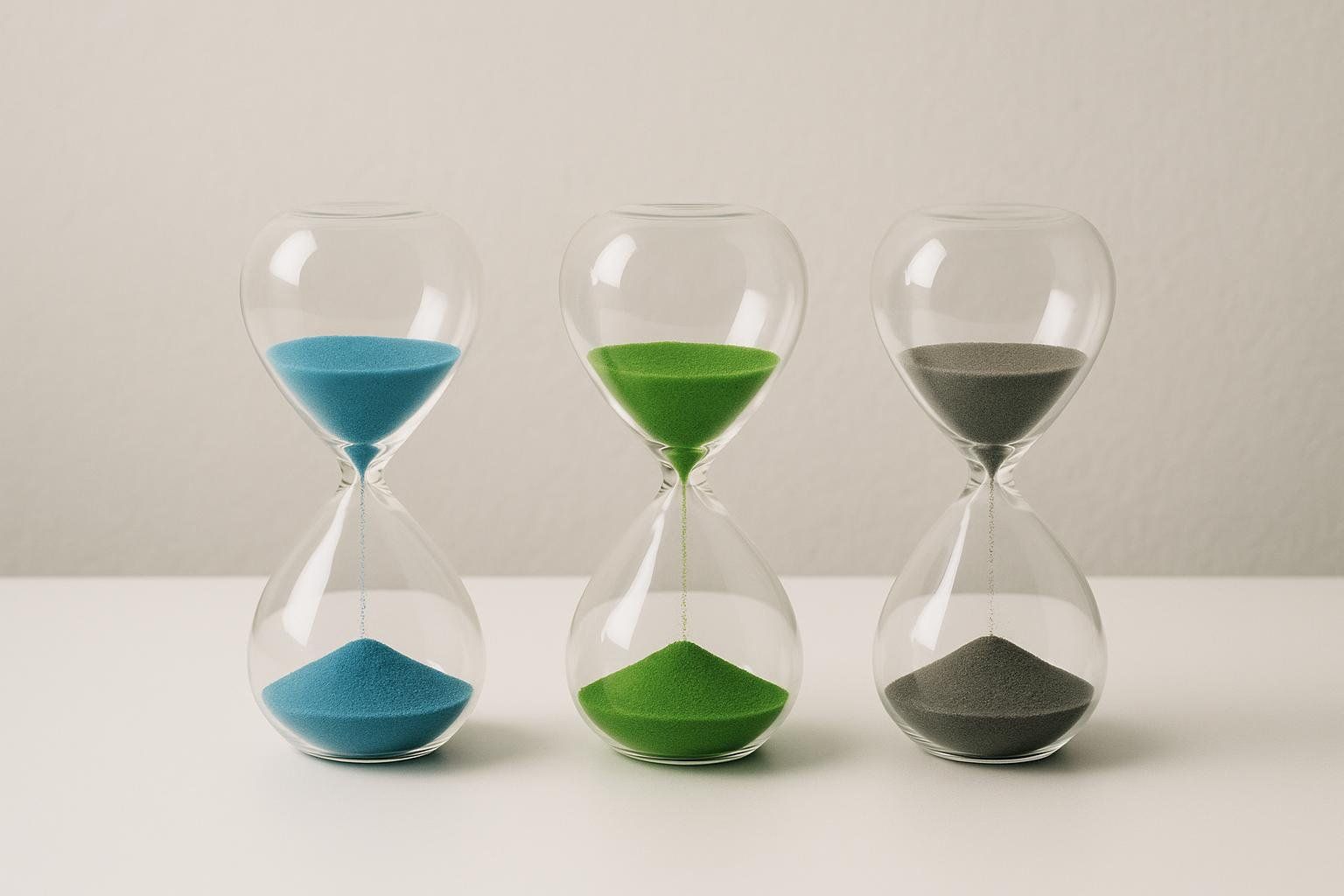
| Term | Primary Goal | Typical Tactics |
|---|---|---|
| Biohacking | Optimize day-to-day performance & health | Sleep trackers, nootropics, cold exposure |
| Longevity | Extend lifespan and healthspan (years lived disease-free) | Resistance training, targeted supplements (e.g., NAD+ boosters), senolytic compounds |
| Anti-aging | Minimize visible or cellular signs of aging | Skincare, hormone modulation |
A 2023 review of metabolic biohacking practices concluded that lifestyle habits keeping insulin and inflammation low – e.g., regular exercise, intermittent fasting – also correlate with longer healthspan. In other words, smart biohacks can serve both daily energy and long-term aging goals.
Is Biohacking Safe?
The term biohacking can evoke images of extreme practices like underground gene editing. But most biohacks are simply structured versions of everyday habits (sleep, diet, exercise). The key safety rules:
- Start with evidence-based interventions. Favor practices backed by human studies – e.g., intermittent fasting, resistance training, light therapy.
- Change one variable at a time. If you add caffeine + cold plunges + creatine all at once, you won’t know what moved the needle.
- Track both objective data (like DEXA results and HRV) and subjective feedback (like mood and energy logs). This combination helps you respond to real signals, not just the placebo effect.
- Loop in professionals for high-risk hacks. Anything involving prescription drugs, hormones, or implants should be overseen by a qualified clinician.
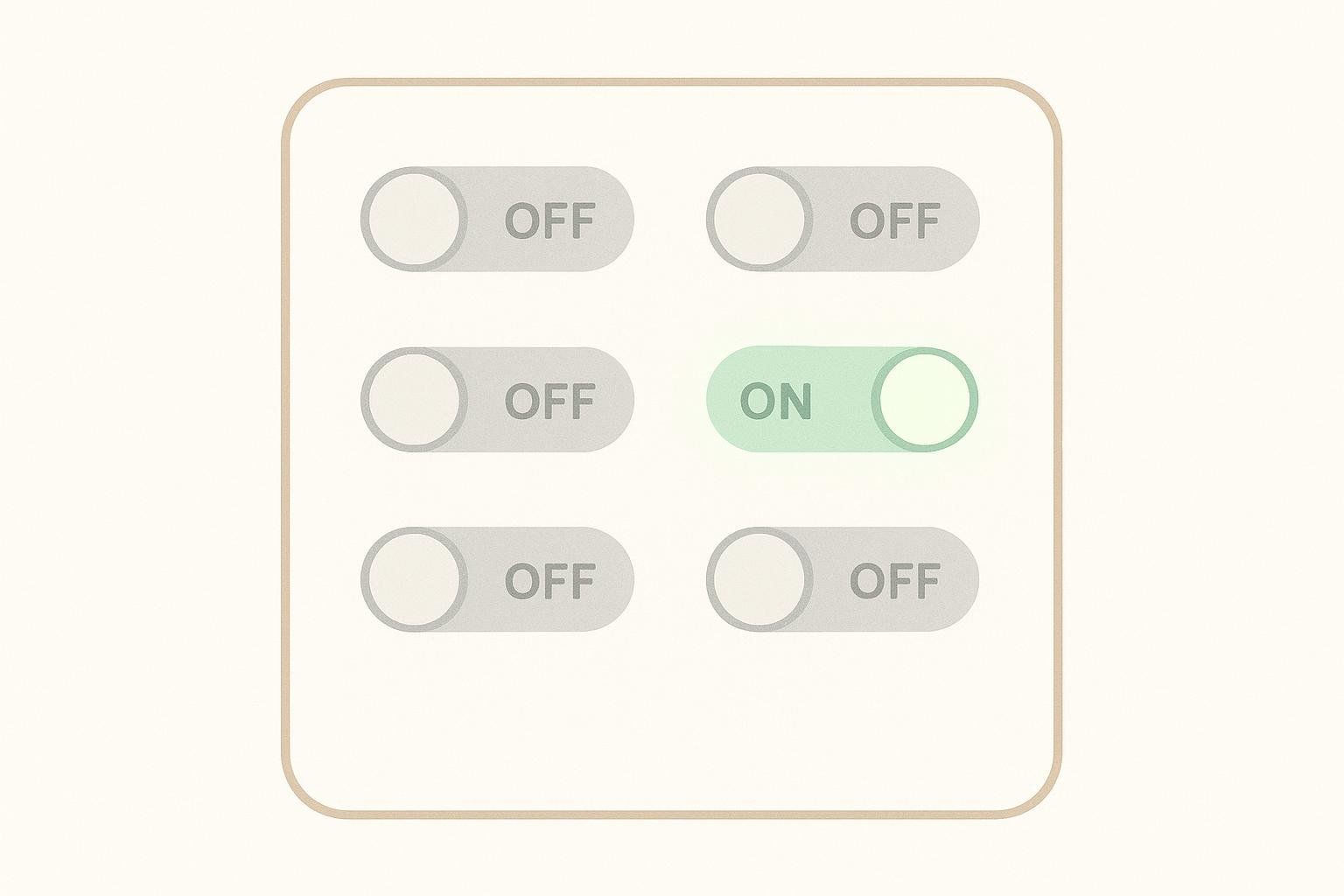
How to Start Biohacking in 10 Minutes a Day
Biohacking doesn’t require a Faraday-cage sleep chamber. Pick one low-effort variable, collect baseline measurements for a week, apply the change, then reassess.
Example quick-start plan:
- Baseline: Wear your smartwatch for seven days, note average sleep and waking HRV.
- Intervention: For the next 14 days, expose yourself to 5 minutes of morning sunlight within 30 minutes of waking.
- Evaluation: Compare sleep latency, deep-sleep minutes, and morning energy.
- Iterate: Keep the habit or replace it with the next test.
Beginner Module: Five Time-Efficient Daily Biohacks
Busy professionals often cite time as the #1 barrier. These routines take ≤ 10 minutes each and deliver outsized returns.
| Biohack | Time Cost | Why It Works | How to Measure |
|---|---|---|---|
| Morning light exposure | 5 min | Resets circadian rhythm → better sleep & energy (Somnologie, 2019) | Sleep tracker, morning alertness score |
| 4-Minute Tabata | 4 min | HIIT boosts VO₂ max and insulin sensitivity; see our Tabata training guide | Workout performance (reps), recovery time |
| Gratitude journaling | 3 min | Lowers cortisol and perceived stress (J. Health Psychol., 2022) | Mood logs, HRV |
| Standing-desk micro-break | 5 min/hr | Interrupts sedentary time → improved glucose control (Sports Med., 2019) | Continuous glucose monitor (CGM) |
| Cold-shower finisher | 2 min | Activates brown fat & noradrenaline for alertness (J. Clin. Invest., 2016) | Subjective energy & alertness scores |

Pro tip: Stack habits – e.g., gratitude journaling during your standing-desk break.
Intermediate Module: The Longevity Toolkit
Intermittent Fasting (IF)
Popular windows include 16:8 and 20:4. Benefits range from autophagy to visceral-fat reduction. Track body-composition shifts with periodic DEXA scans.
Resistance Training Minimums
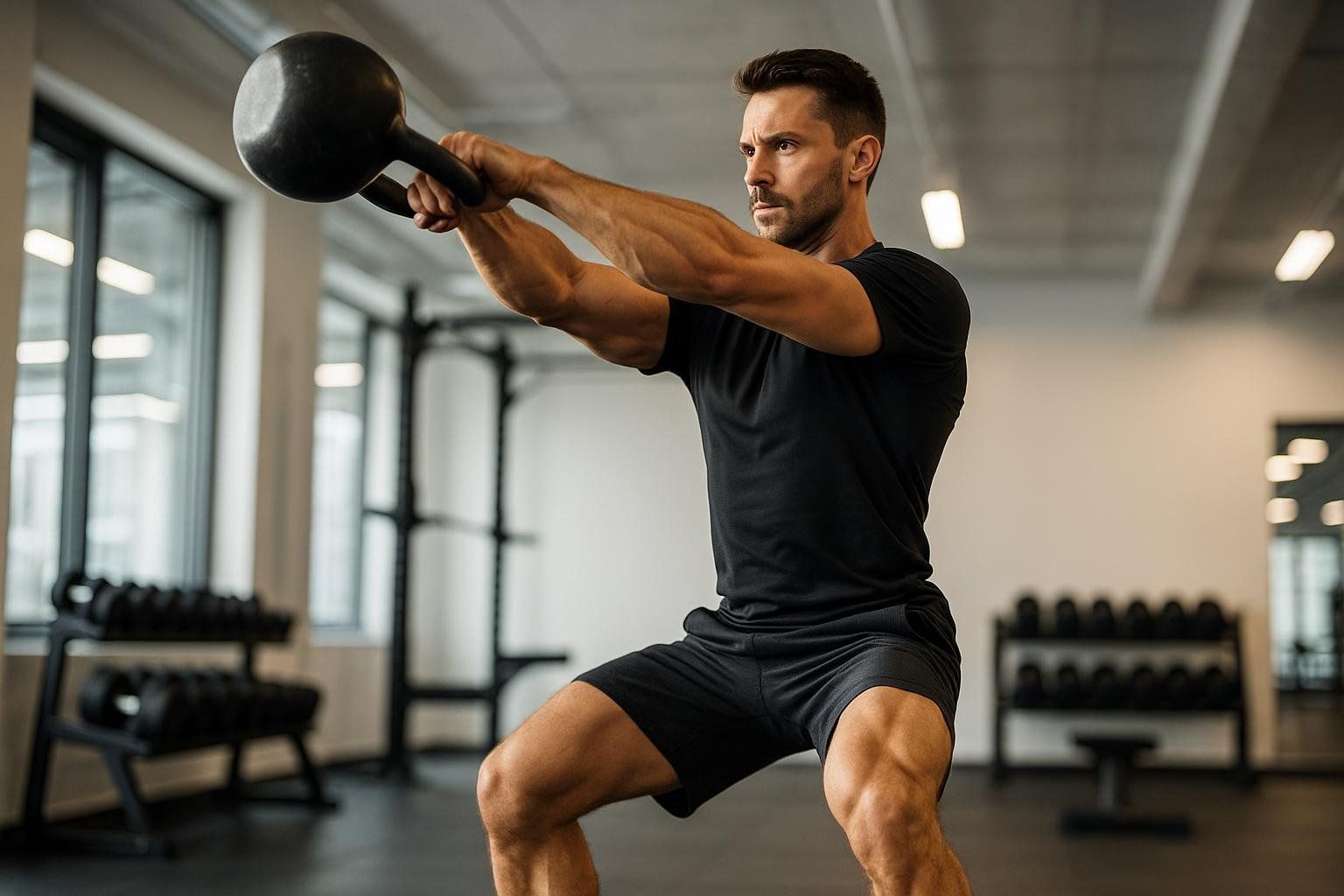
Two 30-minute full-body sessions per week can maintain muscle and bone — key predictors of healthspan. This type of stimulus is essential for skeletal health, as explained in our guide to strength training for bone density. Verify lean-mass trends with DEXA scans every 4-12 weeks, depending on the protocol.
Senolytic Compounds
In a 2019 pilot study focused on individuals with diabetic kidney disease, a combination of Dasatinib and Quercetin was found to decrease senescent “zombie” cells (EBioMedicine, 2019). While intriguing, this research is preliminary and was targeted at a specific clinical population; it is not a recommendation for healthy individuals. This field is highly experimental and the supporting research is still emerging. Always consult a qualified physician before considering any new supplement protocol.
Red-Light Therapy
Near-infrared wavelengths (660–850 nm) may enhance mitochondrial function and skin health. Learn more in our red-light therapy guide.
Sleep Optimization
Aim for 7–9 hours with consistent bed- and wake-times. Add blue-light-blocking glasses after sunset to preserve melatonin.
Advanced Module: DIY Experiments & Biomarker Tracking
For those ready for a more rigorous approach, advanced biohackers iterate through precise, n = 1 experiments and share open-source protocols. Examples include:
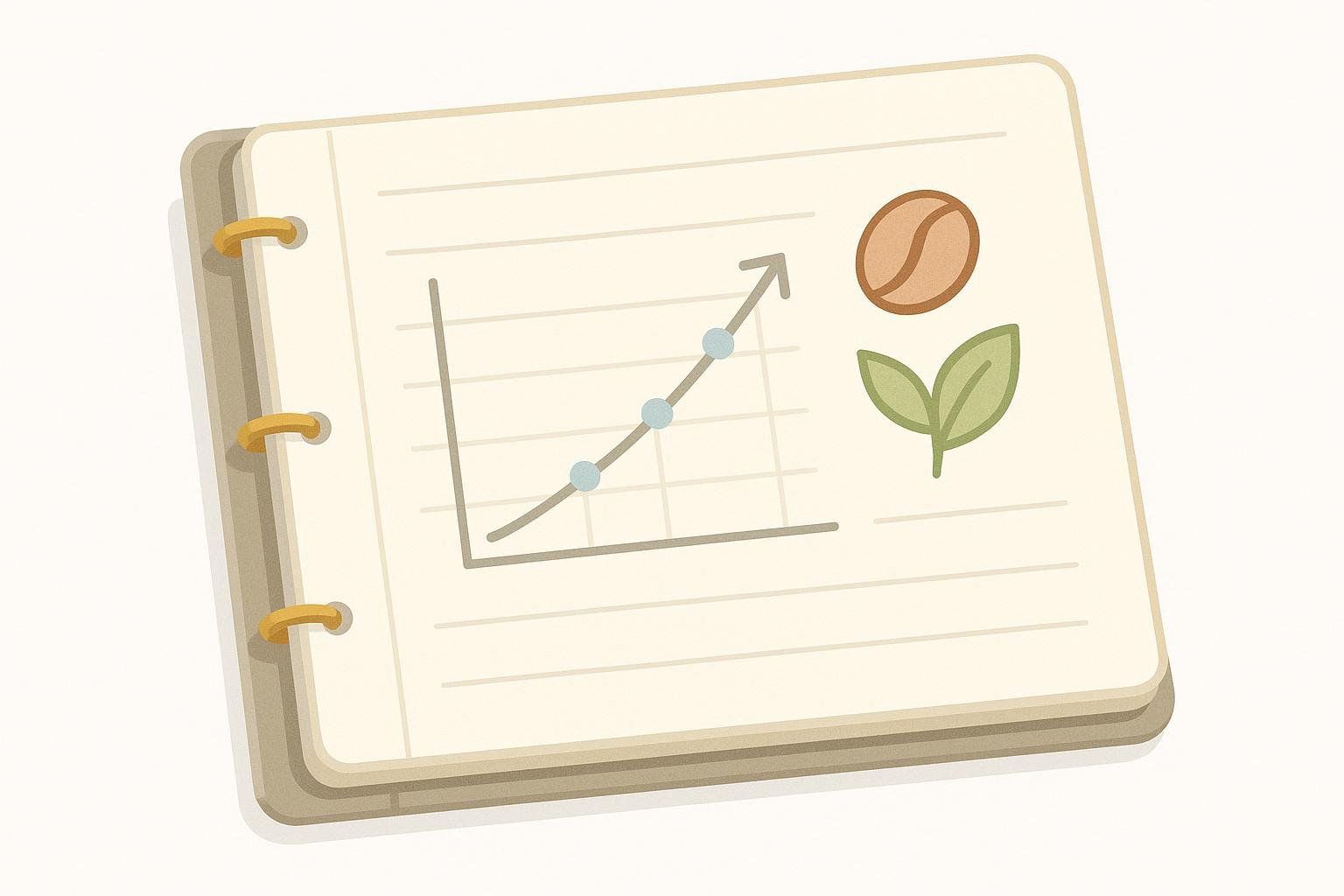
- Nootropic stacks – e.g., caffeine + L-theanine. Always consult a qualified physician before using any new supplement. Start with single, low-dose ingredients to assess tolerance and track effects carefully.
- Continuous glucose monitoring (CGM) even without diabetes to map food responses.
- Comparing the effects of at-home cold plunges versus professional cryotherapy by tracking HRV and recovery scores.
- Creating a DIY biomarker tracker using a spreadsheet to log DEXA results, HRV, fasting glucose, and mood on a single dashboard.
- Combined protocol sequencing – Example: fasted morning light → black coffee → 4-minute HIIT → protein-rich meal.
Safety reminder: share your plan with a trusted clinician or experienced community before you start.
Measuring Results with DEXA & Other Tools
Why DEXA?
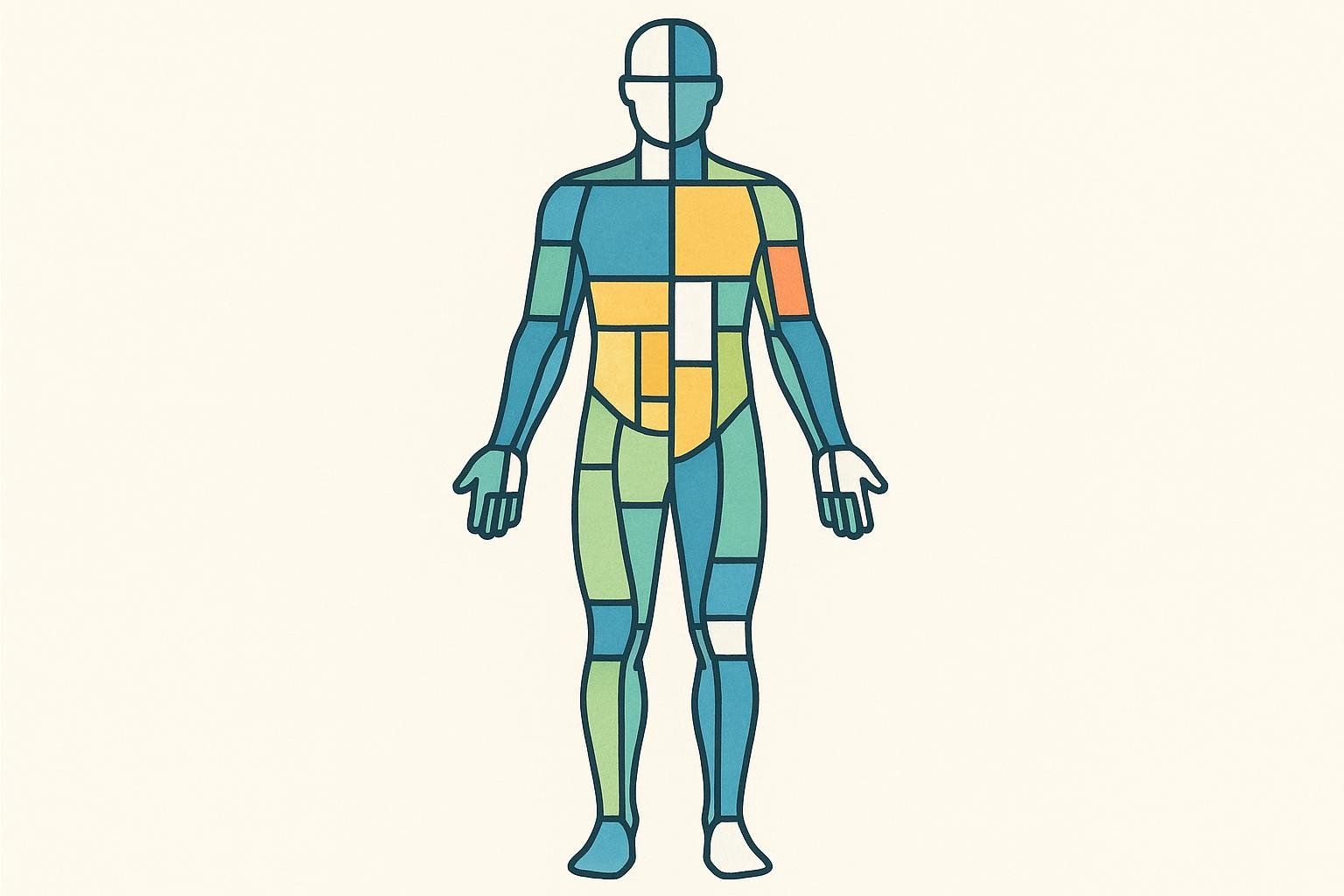
A BodySpec DEXA scan provides gold-standard measurements of fat mass, lean mass, bone density, and — crucially — visceral fat. That makes it perfect for validating fat-loss protocols or bulking cycles.
Sample 12-Week Testing Schedule
| Week | Action |
|---|---|
| 0 | Baseline DEXA scan + blood panel (in consultation with a physician) |
| 1–4 | Implement beginner biohacks |
| 4 | Follow-up DEXA to review initial impact of beginner hacks |
| 5–11 | Add IF + resistance training |
| 12 | Final DEXA to evaluate impact of intermediate protocols on visceral fat and muscle. |
Need a scan? Book a BodySpec DEXA appointment in minutes.
Other useful metrics:
- HRV (Oura, WHOOP)
- Resting heart rate
- Glucose (CGM)
- Sleep stages (wearables)
Putting It All Together
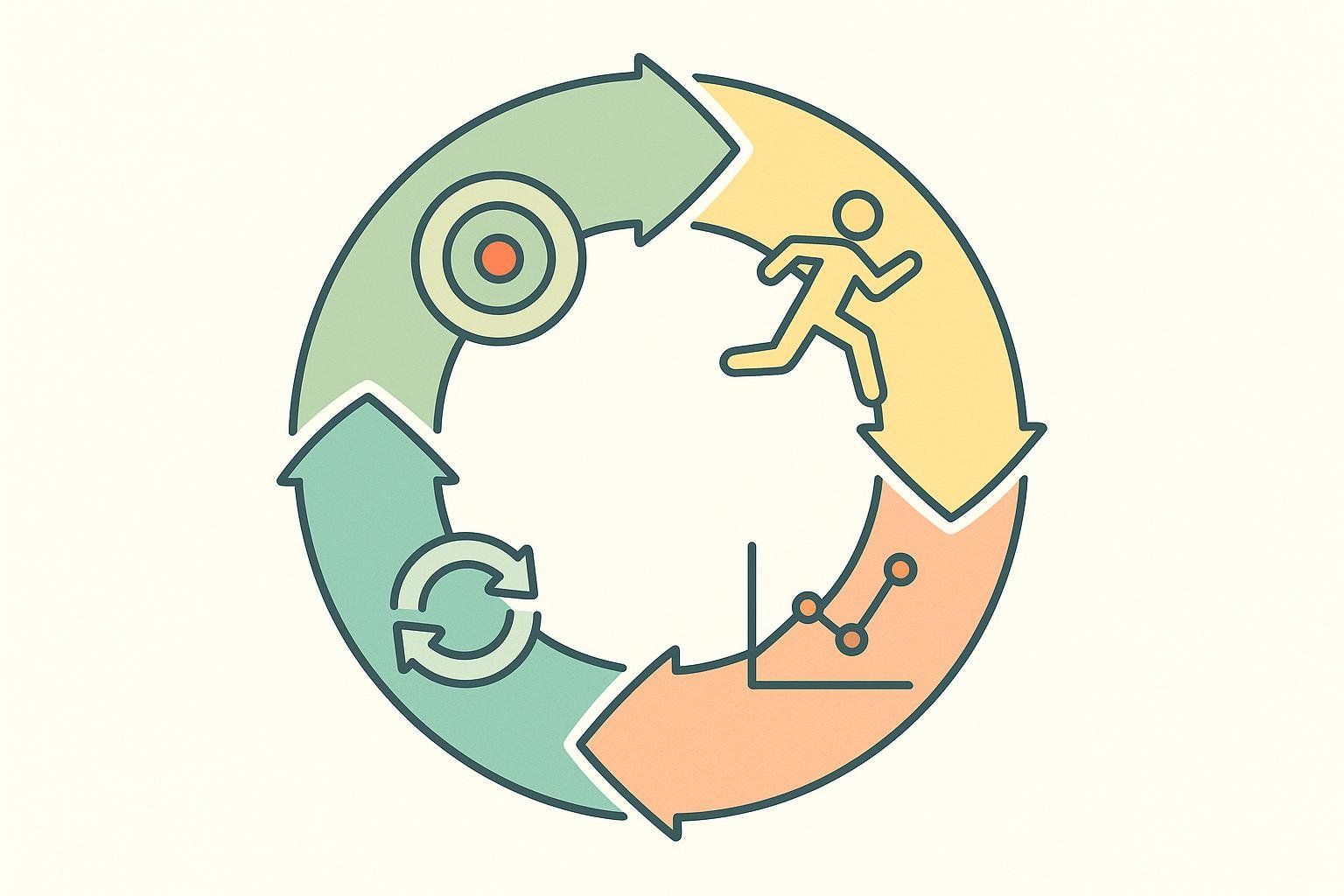
- Pick one goal. More energy? Lower visceral fat? Sharper focus?
- Choose the appropriate module. Beginner for habit foundations, intermediate for longevity, advanced for quantified experiments.
- Collect baseline data. DEXA + wearables ensure you’re starting from truth, not guesswork.
- Run a 4- to 6-week cycle. Stay consistent and log results daily.
- Evaluate & iterate. Double-down on what works; drop what doesn’t.
Small, evidence-based tweaks compound over months and years. By pairing practical biohacks with objective data from BodySpec, you’ll shorten the feedback loop between intention and measurable outcome.
FAQ
Is biohacking legal?
Yes. Most lifestyle-based biohacks (fasting, exercise, light therapy) are legal. Gene editing or unapproved drug use crosses regulatory lines — always verify local laws.
How soon will I see results?
Subjective energy can improve in days. Objective shifts in visceral fat or muscle mass usually take 8–12 weeks and should be measured with DEXA.
Do I need expensive gadgets?
No. A notebook and a smartphone timer are enough to start. Tech simply makes data capture easier.
Will a cold plunge burn fat?
Cold exposure can activate brown adipose tissue, slightly increasing calorie expenditure. Pair it with diet and training for meaningful fat loss. Details in our cold-shower fat-loss explainer.
Can I biohack without caffeine or supplements?
Absolutely. Sleep hygiene, light exposure, and movement are zero-supplement biohacks with strong evidence.
Ready to run your own experiment? Book your next BodySpec DEXA scan and start turning curiosity into concrete results.
